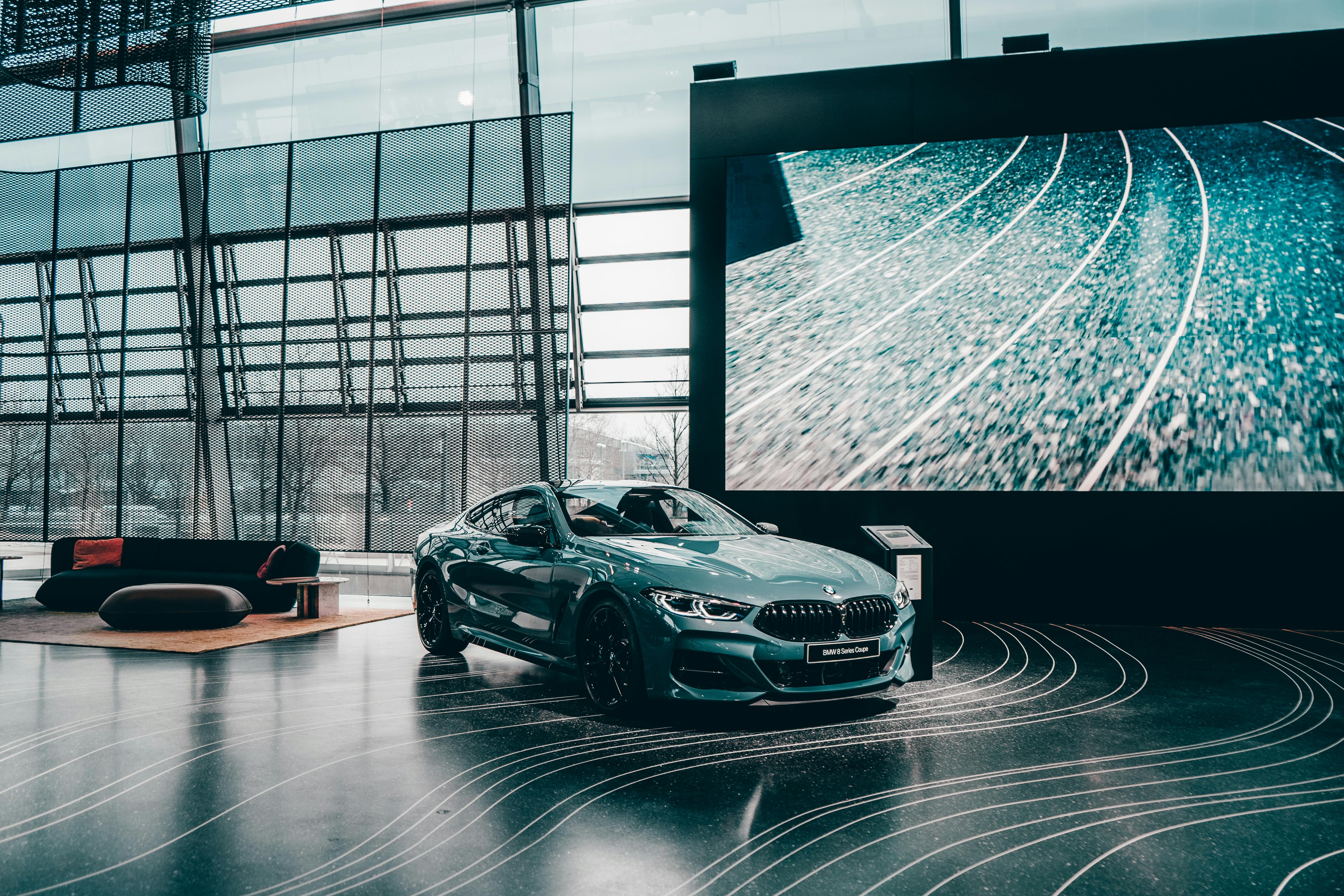Explore the Iconic Peter Fink Car Museum and Its Legacy
The Peter Fink Car Museum is more than just a display of beautiful automobiles—it’s a dynamic showcase of history, innovation, and passion. As car culture continues to thrive globally, destinations like this museum serve as cultural cornerstones for auto enthusiasts and curious travelers alike. In this article, you’ll discover the museum’s origins, its unique exhibits, behind-the-scenes restoration processes, and the future of automotive preservation.

Understanding the Fundamentals
At its core, the Peter Fink Car Museum is a celebration of mechanical mastery and design elegance. Located in Omaha, Nebraska, this institution reflects decades of automotive progress. Visitors are immersed in a timeline of innovation that captures the spirit of the American car industry and beyond.
More than just a collection, it’s a tribute to the men and women who built, restored, and drove these iconic machines. The museum’s purpose is educational and inspirational, attracting fans from all walks of life—from historians to engineers and dreamers alike.
1.1 The Passion Behind the Collection
Peter Fink, a local entrepreneur and classic car lover, built the museum to share his lifetime obsession with rare automobiles. The collection spans everything from Ford Model Ts to rare Ferraris, each with its own story. Over 100 unique vehicles reside in the museum today.
Real-world applications of this passion include restoration workshops and educational outreach programs. Many don’t realize how vital these preservation efforts are in safeguarding automotive history for the next generation.
1.2 Automotive History in America
The museum chronicles the evolution of cars from utilitarian machines to status symbols and cultural icons. Unlike typical car shows, it also includes lesser-known models and failed innovations, offering a holistic view of industry progress.
This historical lens gives visitors a broader understanding of design evolution, government regulation, and market trends. The Peter Fink Car Museum bridges the past with the present through curated storytelling and immersive exhibits.
Practical Implementation Guide
Translating inspiration into action is a key takeaway from the Peter Fink Car Museum. Many visitors leave with ideas on how to start their own collections or contribute to local restoration projects. Here’s how to begin applying what you learn.

2.1 Actionable Steps
- Research: Identify what type of vehicles resonate with your interest. Consider historical significance and availability.
- Resources: Leverage books, restoration forums, and museums like the Peter Fink Car Museum for guidance.
- Timeline: Start small. Building a personal collection or restoring a vehicle may take 6 months to 2 years depending on the project.
2.2 Overcoming Challenges
Common obstacles include lack of storage, high restoration costs, and difficulty sourcing authentic parts. However, many museums offer guidance or partnerships with auto clubs and restoration experts.
To avoid pitfalls:
- Start with manageable projects
- Budget for unexpected repairs
- Join a local restoration community
Having mentorship or expert advice can greatly improve success rates in these endeavors.
Advanced Applications
For seasoned collectors or automotive professionals, the Peter Fink Car Museum offers a deeper dive into advanced preservation techniques and design reinterpretations. These applications often blend engineering with artistry.

3.1 Full-Scale Restoration Projects
One of the museum’s specialties includes frame-off restorations—where every bolt and bracket is removed, cleaned, or replaced. These projects often take a year or more and require a blend of craftsmanship and historical research. Some vehicles have won national awards due to the museum’s impeccable restoration quality.
3.2 Integrating Modern Tech in Classics
The museum also explores restomods—classic cars updated with modern engines, brakes, and interiors. These blends maintain aesthetic charm while offering modern performance. Integrating digital dashboards or electric conversions is a trend that’s gaining traction nationwide.
Future Outlook
The automotive museum industry is evolving. Digital archives, augmented reality exhibits, and electric classic car conversions are just a few trends shaping the future. The Peter Fink Car Museum is already adopting these innovations to enhance visitor experiences.
As sustainability becomes critical, expect more electric retrofits and eco-friendly practices in restoration. Visitors can prepare for this shift by staying informed and supporting museums that prioritize innovation alongside preservation.
Conclusion
In summary, the Peter Fink Car Museum:
- Showcases an extraordinary collection of over 100 vehicles
- Offers insights into restoration, history, and innovation
- Serves as a community hub for car lovers and historians
It is a landmark worth visiting for anyone passionate about automobiles or history.
Whether you’re a curious tourist or a seasoned gearhead, there’s always something to discover. Start planning your trip or restoration journey today, inspired by what the Peter Fink Car Museum has to offer.
Frequently Asked Questions
- Q: What is the Peter Fink Car Museum? It’s a privately curated museum in Omaha featuring over 100 rare and classic vehicles with historical significance.
- Q: How do I start a car collection? Begin with research, set a budget, and connect with restoration communities or mentors for guidance.
- Q: How much time does restoring a car take? It varies—from 3 months for small projects to 2 years for full restorations, depending on complexity and parts availability.
- Q: How expensive is it to restore a vintage car? Costs can range from $5,000 to over $100,000 based on model, parts, and labor. Authenticity affects pricing.
- Q: How does this museum compare to others? Unlike larger institutions, Peter Fink’s collection emphasizes unique, often overlooked models with personal histories.
- Q: Is car restoration hard to learn? With basic mechanical skills and mentorship, it’s highly achievable. Many start with easier models like Mustangs or Beetles.
- Q: Are there industry-specific uses? Yes—auto design schools, film production, and tech developers often study restored models for education and R&D purposes.
